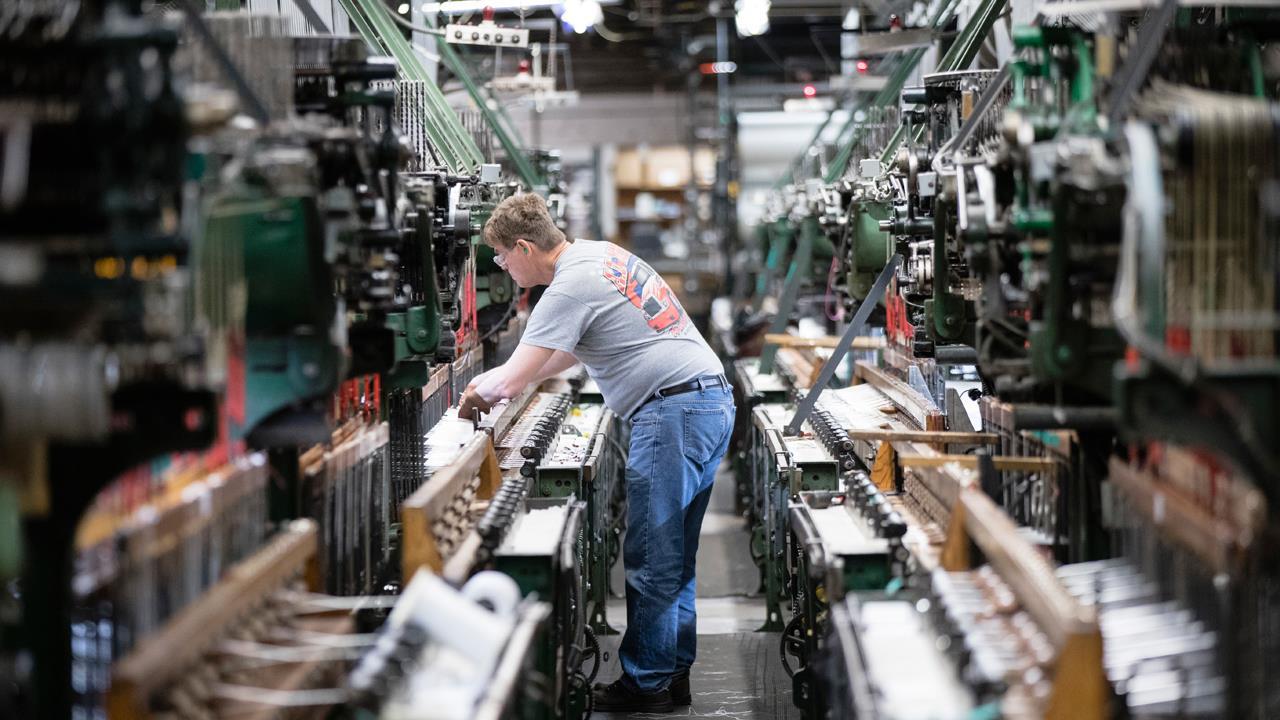Fed says it whipped US unemployment, but at a potential cost
It may be a good news, bad news scenario.
U.S. Federal Reserve officials tout a decade of falling unemployment as among their major victories in fighting the economic crisis of 2007 to 2009.
When an economy sees unemployment fall to the levels that U.S. data is at currently, a recession often follows.
That is the conclusion reached by Boston Federal Reserve bank president Eric Rosengren in a new paper released Thursday as part of a review of Fed policy, according to Reuters.
Since World War Two, periods in which joblessness has fallen below the estimated "natural" rate of full employment inevitably have been followed by a recession, with only a half a percentage point rise in the unemployment rate needed to kickstart the slide.
Rosengren and three Boston Fed co-authors noted that once the unemployment rate starts to rise by a relatively modest amount, dynamics take hold that tend to push the economy into a recession.
On Wednesday Fed Governor Lael Brainard, among the more cautious of policymakers regarding past rate hikes, said she now feels rates may need to keep rising for another year or two as stronger growth takes hold.
In research also released Thursday, former Fed chair Ben Bernanke said one failing of the Fed in the crisis era was that its models of the economy did not include many of the credit and financial dynamics that made the last recession so bad. Building those dynamics into new analytic tools would, in effect, weave more of an emphasis on credit markets into the central bank's outlook.
For Rosengren the moment is one for caution. If the history of what follows ultra-low unemployment is troubling, equally tough is the fact that interest rates are still so low the Fed has limited room to respond should it need to ease monetary policy.




















